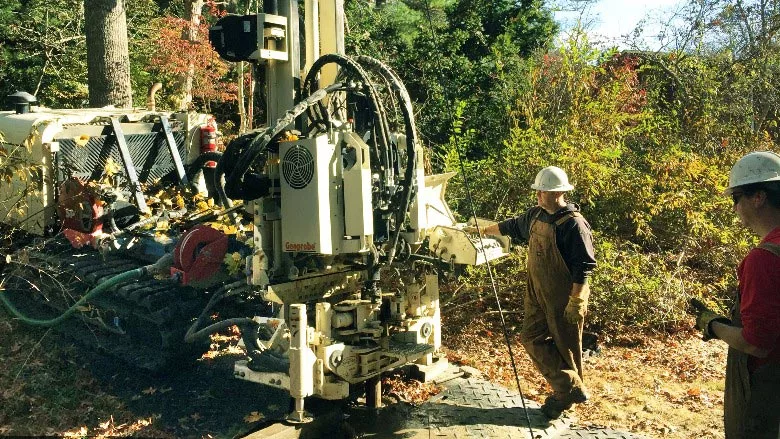What Innovations Changed your Part of the Drilling Industry?
From Mobile Rigs to Sonic, Drilling has a History of Advancements

From drilling methods to controls, drilling has changed a lot since the mid-1970s.
Source: Getty Images
A Facebook post I saw recently got me thinking about the pace of advancement in the recent years versus advancements made in the past. I entered the drilling industry in 1975 — 47 years ago — so let me use that for an example. I have seen the innovations introduced since then. What about the 47 years before that? That takes us back to 1928. Have we, was an industry, advanced as much in the past 47 years as in the 47 years previous?
First, I’ll squeeze in this 1927 invention from The Driller’s Drilling through History page: “George E. Failing introduced the first portable rotary rig to the industry. The idea first came after he mounted an existing rig on a 1927 Ford farm truck, adding a power take-off assembly to transfer power from the truck engine to the drill. The new portable rotary rig could drill ten 50-foot-deep holes in a day.”
Then, in 1933, the Hughes Tool Company invented the tricone bit.
By the mid-1950s, the down-the-hole hammer was created.
Some concepts came along long before they became fully usable. Sonic drilling’s invention predated its current wide adoption by decades. Some of our upgrades involved adapting advances in other fields, such as electronic controls.
Of course, those advancements only cover the actually drilling process, but many others affect our professional lives. Computers, mobile phones and the internet have changed everything — communications with our employees, to advertising and business management.
Whether we operate a bulldozer to create a certain contour or drill blastholes on a bench, communications, computers, and control systems can make our jobs more precise and, in many cases, quicker and easier.
In this December issue, we look at current technology. What has been the greatest advancement in the past 47 years? The past 10 years? This year? Consider advancements in drilling fluids, compressors, emission controls, materials, even GPS. Whether we operate a bulldozer to create a certain contour or drill blastholes on a bench, communications, computers, and control systems can make our jobs more precise and, in many cases, quicker and easier. A computer display can let the operator know exactly where the high spots are, how far from flat they really are — all without surveyors with their transit levels.
Mine management can closely monitor several rigs from the comfort of an office. They can track how each performs, if not operating them remotely. We use words like “autonomous” to describe equipment operating without outside control, such as huge electrical rock trucks cruising open pits mine without an operators.
When I think of advancements that had great effects in drilling, directional drilling comes to mind. Think of an HDD rig installing utilities, eliminating the need for trenching, or accurately guiding a bit horizontally through a thin gas deposit from one pad instead of drilling hundreds of intersecting vertical holes.
I also think of geothermal systems that provide heating and air conditioning to homes and business with cost savings and fewer emissions (and, most of all, help our own industry by creating a demand for drilling services).
I would like to hear from people in the various segments that make up the drilling industry. What is the greatest advancement in your field? Could we be where we are without the mud industry keeping up with the demands of new drill technologies? Perhaps you think of computers that no longer require a “white room,” so we can mount them on a drill rig despite vibrations and dust. What would you pick for the major advancement that helped our industry the most?
Looking for a reprint of this article?
From high-res PDFs to custom plaques, order your copy today!





